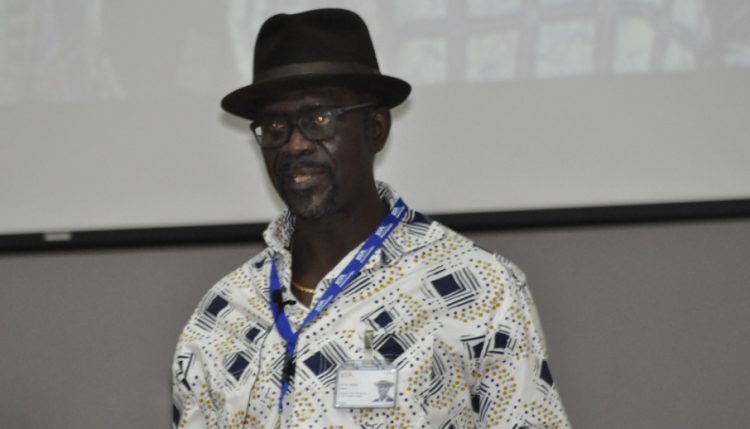
What is IITA’s position in ongoing systems research and site integration of the CGIAR?
Humidtropics has been shut down but systems research is still alive and thriving and the concept has been mainstreamed in all CGIAR Research Programs (CRPs). The challenge now is the mechanism for the mainstreaming,” said Kwesi Atta-Krah as he updated IITA staff on the systems and site integration initiatives of CGIAR. Systems research, he said, is a holisitic approach that aims at integrating the human dimension and agroecological systems to improve overall productivity and livelihoods in a sustainable manner. It has two elements: integration and aggregation.
In the new CRP phase, the systems dimensions calls for expertise in situational analysis, integrated systems research, and to be able to look at institutional dynamics and make use of multi-stakeholder processes to ensure sufficient engagement of P4D and R4D parties. It also calls for institutional innovations to ensure effective partnerships. This calls for a new and wider spectrum of partners some of whom IITA has not interacted with adequately in the past.
On site integration, Kwesi said this was important for greater efficiency and impact at country level. Site integration includes aspects of coordination at site level, coordination of CGIAR activities in a country, better thematic alignment, and a more strategic CGIAR engagement with the government and partners.
He said site integration was taking place stepwise starting with six primary countries to be followed by 14 others. IITA was coordinating this in three countries―DR Congo, Nigeria, and Tanzania. It would also work closely with the other lead CGIAR centers in countries where the institution has a strong program.
“The most important question for IITA was how we position ourselves and our research and delivery so we are seen as a significant partner to help countries achieve their strategic agriculture goals,” Attah-Krah said. This, he said, will include aligning R4D activities to country priorities and having good links with governments and other CGIAR centers and partners.
The changes, he also said, are part of the reform at CGIAR to have centers working together more efficiently. The push has also come from donors who have felt that centers need to be better coordinated and aligned to country priorities as well as within the centers themselves such as IITA, which seeks to have more impact.
